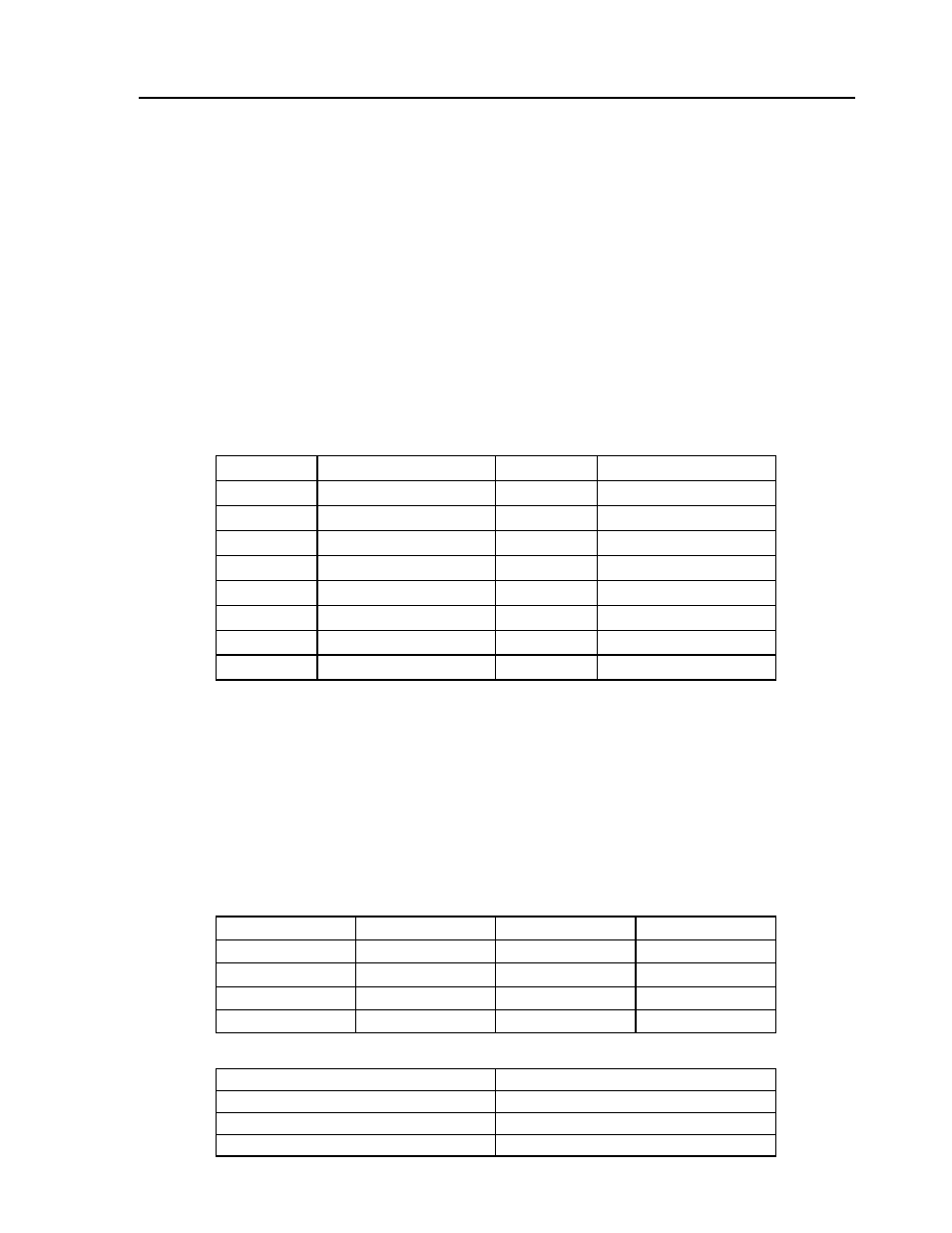In (input), Bitnum is the i/o point in the module from 1 to 4 – Yaskawa LEGEND-MC User Manual
Page 145

135
LEGEND-MC User’s Manual
@IN (Input)
[I/O]
DESCRIPTION:
@IN returns the status of the digital input number or variable given in square brackets. Note that the @IN
command is a function, which means that it does not follow the convention of the commands, and does
not require the underscore when used as an operand.
When using this command to access I/O on a slave controller in distributed control mode, use it with the handle for
outbound master commands. Do not use the handle which is for incoming slave update packets. For example, if a
slave is connected on handles E and F, reference the I/O for the slave on handle E.
ARGUMENTS: @IN [n]
where
n is an integer corresponding to a specific output on the controller to be cleared (set to 0). The first output
on the controller is denoted as output 1. A LEGEND-MC controller has 4 digital outputs plus applicable I/
O connected by Modbus.
DISTRIBUTED CONTROL:
MODBUS:
NOTE: With Modbus devices, I/O points of the devices are calculated using the following formula:
n = (SlaveAddress*1000) + (HandleNum*1000) + ((Module-1)*4) + (Bitnum-1)
Slave Address is used when ModBus device has slave devices connected to it and specified as Addresses
0 to 255. Note that the use of slave devices for modbus are very rare and this number will usually be 0.
HandleNum is the handle specifier from A to P (1 - 16).
Module is the position of the module in the rack from 1 to 16.
BitNum is the I/O point in the module from 1 to 4.
USAGE:
EXAMPLES:
Handle
Command
Handle
Command
A
@IN[101] ~ @IN[104]
I
@IN[901] ~ @IN[904]
B
@IN[201] ~ @IN[204]
J
@IN[1001] ~ @IN[1004]
C
@IN[301] ~ @IN[304]
K
@IN[1101] ~ @IN[1104]
D
@IN[401] ~ @IN[404]
L
@IN[1201] ~ @IN[1204]
E
@IN[501] ~ @IN[504]
M
@IN[1301] ~ @IN[1304]
F
@IN[601] ~ @IN[604]
N
@IN[1401] ~ @IN[1404]
G
@IN[701] ~ @IN[704]
O
@IN[1501] ~ @IN[1504]
H
@IN[801] ~ @IN[804]
P
@IN[1601] ~ @IN[1604]
While Moving
Yes
Minimum n value
1
In a Program
Yes
Maximum n value
8
Not in a program
Yes
Default Value
---
Can be Interrogated
No
Default Format
---
Used as an Operand
Yes
Distributed Control
Offset, 100
#TEST
Program TEST
VAR1=2
Set variable
MG @IN[VAR1]
Display the status of digital input 2
VAR2=@IN[VAR1]+1
Perform calculation